Discover chilling Victorian ghost stories for adults, where restless spirits and dark mysteries await. Explore haunting tales from the past that will keep you on the edge of your seat.
What makes Victorian ghost stories so compelling even today? It is possible that the seamless amalgamation of mystery, morality, as well as the supernatural encapsulates the beauty of these stories.
The Victorian era, which was characterized by rapid industrialization and change, served as the foundation of unknown fantasies. People found immense pleasure in stories that spoke of haunted places, bad spirits, and mysterious events.
These stories encompassed suspense along with moral lessons. It was about feelings as complex as guilt and redemption and the consequences that stemmed from human actions while keeping the readers glued to their seats till the very end.
Even now, the frightening blend of the moral and the mysterious continues to scare and puzzle us.
The Victorian Obsession with the Supernatural
During the Victorian period, death, mourning, and the afterlife entwined within everyday life. Because so many children died at a young age, death became a common topic of thought.
As a result, mourning customs such as wearing black or having long funerals served the purpose of helping mourning families express their grief while satisfying social expectations. Such customs made people ponder over the possibilities regarding communication with dead people.
At this point in time, Spiritualism started to gain immense popularity. Most notably, upper class folks frequently sought out mediums in hopes of trying to speak to the dead. Activities like séances where participants would sit around in a circle attempting to communicate with spirits became a norm in social settings.
The notion that deceased people could deliver messages from the other side was widely accepted and further fueled ghost stories.
Furthermore, these tales gave the Victorians a medium from which they could address their anxiety concerning the rapid changes in the world around them. The ghosts in these stories depicted the Industrialization, new scientific inventions, and social changes people feared the most.
A spirit could serve as both an embodiment of a past action haunting a person as well as a a remorseless ghost enacting vengeance, which are indicative of a house filled with history. From exciting to frightening, these stories allow people to express their concerns without crossing boundaries.
Key Elements of Victorian Ghost Stories
Eerie Settings: These stories often take place in creepy places like old mansions, foggy streets, or empty landscapes. These settings make everything feel spooky and mysterious.
Ghostly Figures: The ghosts in these stories are often angry, lost, or looking for something. They might want revenge or are stuck because they have unfinished business.
Themes of Grief, Guilt, and Retribution: Many ghost stories focus on emotions like sadness over a lost loved one, feeling guilty for past actions, or ghosts coming back for revenge. These feelings are often why the spirits return.
Clash with Victorian Values: In Victorian times, people valued order, manners, and science. Ghosts and supernatural events challenged these beliefs, making the stories even scarier as characters faced things they couldn’t explain.
Victorian Ghost Stories for Adults
What if the dead aren’t really gone, just waiting to tell their secrets? Victorian ghost stories for adults bring you eerie spirits and chilling mysteries. Are you ready to uncover what’s lurking in the shadows?
Haunted Houses
Creepy stories about a haunted house, castle, or a mansion exist in any culture all over the world. Each of these tales draws people in, only for them to find dark secrets and horrifying experiences hidden in the deep.

“The Haunted and the Haunters” (1859) by Edward Bulwer-Lytton
As the name suggests, a man takes on the challenge of staying in a house that many people claim is haunted. As he explores the house, he keeps getting into strange and unexplainable phenomena like floating arms, ghostly figures, and paranormal noises.
By the end, he learns a gruesome secret to the house and his perspective of reality and the supernatural is altered permanently.
“The Red Room” (1894) by H.G. Wells
This is the story about a man who does not believe in ghosts and the idea of an old mansion possessing one. He is dared to stay the night in a supposedly haunted room, and chooses to take the bet.
To begin with, he finds the whole premise hilarious, but as night sets in, he starts experiencing supernatural things such as the room coming to life, making the whole scenario terrifying. This brings to perspective how fear impacts how reality as we know it is perceived.
“The Signal-Man” (1866) by Charles Dickens.
A lonesome signal-man employed at an isolated train station suffers from ominous visions. He is warned of catastrophes, but the signal-man cannot do anything about it until it is too late.
This isn’t just about a haunted location; this is more of a haunting of all dimensions with a very uncanny crisis at the end.
The Revenge of Spirits
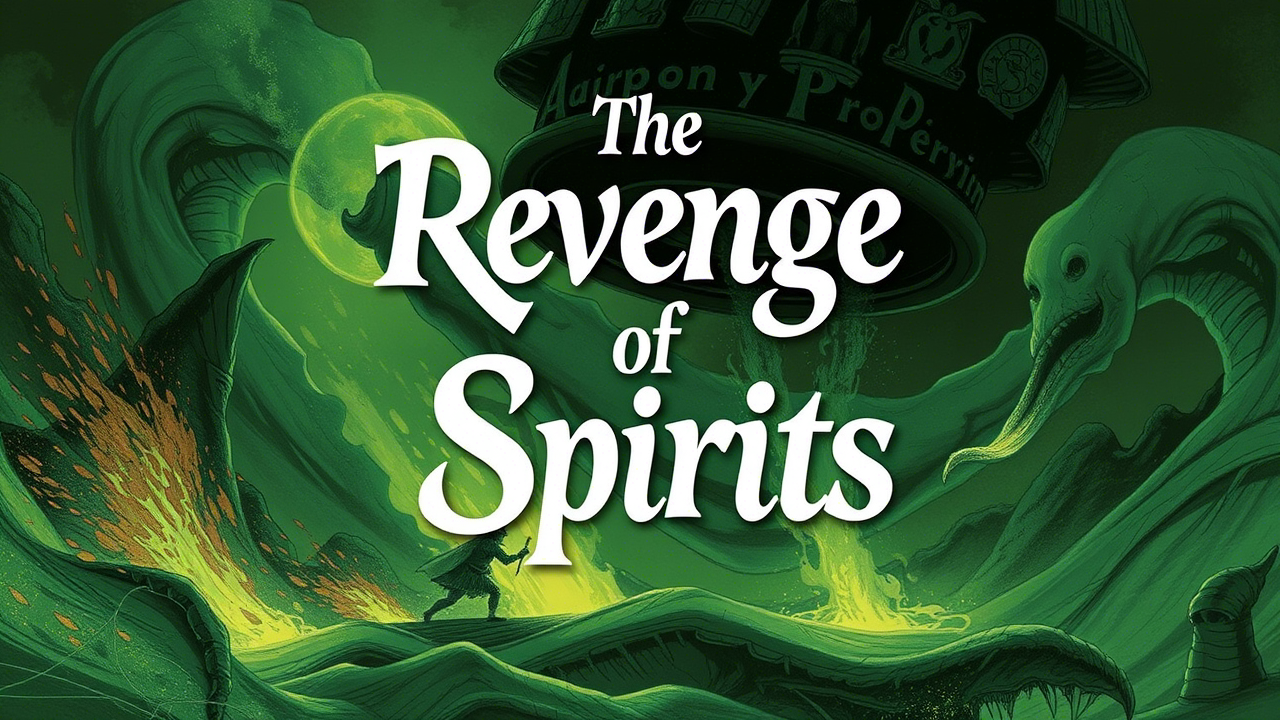
In these instances, the spirits are vengeful and seek justice or, at the very least, reparation. Only after they achieve their objectives will they stop bothering the living.
“Carmilla” (1872) by Sheridan Le Fanu
This novella is set in the house of a young girl Laura who falls in love with a captivating woman named Carmilla who happens to be the newly introduced resident. However, Carmilla is not who she claims to be—a vampire whose fondness for Laura signifies something much more sinister. It is a story that looks at themes of obsession and repressed excesses.
“Green Tea” (1872) By Sheridan Le Fanu
In this narrative, a clergyman becomes overly indulgent with green tea, resulting in the gradual manifestation of a terrifying phantom monkey that stalks him wherever he goes.
Though he thinks that this spirit is doing harm to him, in reality, he is undergoing true horror, which is the psychological disintegration of willpower accompanied by the haunting vision.
This is a poignant blend of the physical and the psychological, illustrating how obsession and fear can send one into a state of madness.
“The Judge’s House” (1891) By Bram Stoker
One of his students lets out a house in a secluded village for the purposes of studying in peace. Unfortunately, everything is not as straightforward as it seems, not with a favorite to a dreadful judge who was known to have unrestrained execution to an unreasonable number of innocent people.
It doesn’t take long for this student to realize the ghost of the judge is present, and quite active, wanting his vengeance. What starts off as a quiet get away turns into a struggle against a furious spirit for one’s existence.
Madness And Fear
These tales take a stab at the human psyche and how it is affected by fear, delusions, and paranoia and the disintegration of reality.
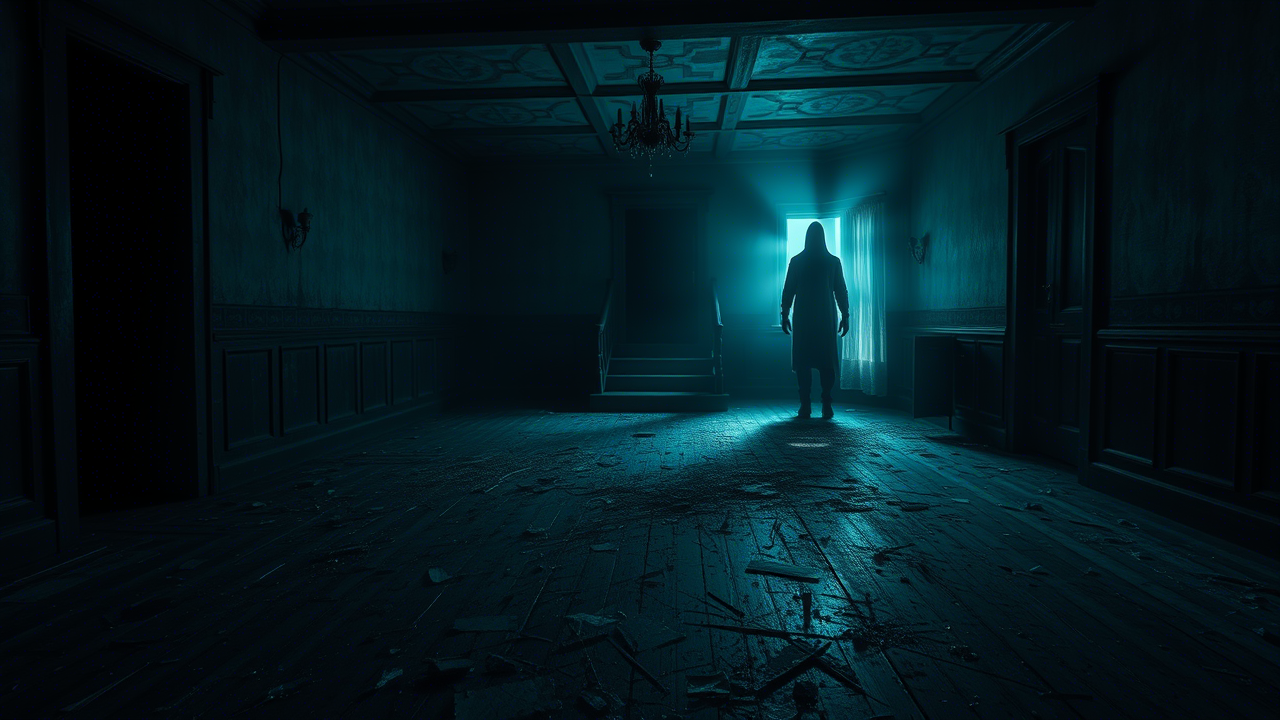
“The Horla” (1887) by Guy de Maupassant
The narrator begins to usundi that a harmful, supernatural entity is hunting him down. He can sense it as he becomes increasingly engulfed by it, even in his own home.
The characters descent into insanity is so great that by the end of the tale he is no longer able to differentiate between what is real and what is fantasy. It shows quite well how paranoia can distort one’s thinking.
“An Account of Some Strange Disturbances in Aungier Street” (1851) by Joseph Sheridan Le Fanu
Two medical students decide to rent a house in Dublin without knowing about the salacious history associated with the house. Strange noises, misty shapes and other inexplicable events call their sanity into question.
Were they deluded? Or were they being in fact distressed by a supernatural force? The plot works with both forms of supernatural concern and the acceleration of anxiety in the students stemming from the possibility that they have lost their minds.
“The Lifted Veil” (1859) by George Eliot
A man is given the gift of being able to read people’s thoughts. Though at first it appears to be a powerful boon, it quickly turns into a curse. The ability to read thoughts offers haunting visions of death, violence, and suffering.
Because of this new gift, he is left to wonder whether he is losing his sanity or seeing the future. One thing is for certain: the depths of despair he finds himself in only grows denser. This is the case for everyone who is haunted by paranormal abilities.
Love Beyond the Grave
This collection of short stories explores the theme of undying love that extends beyond death. Lovers have the ability to return as spirits, but not without facing tragedy.
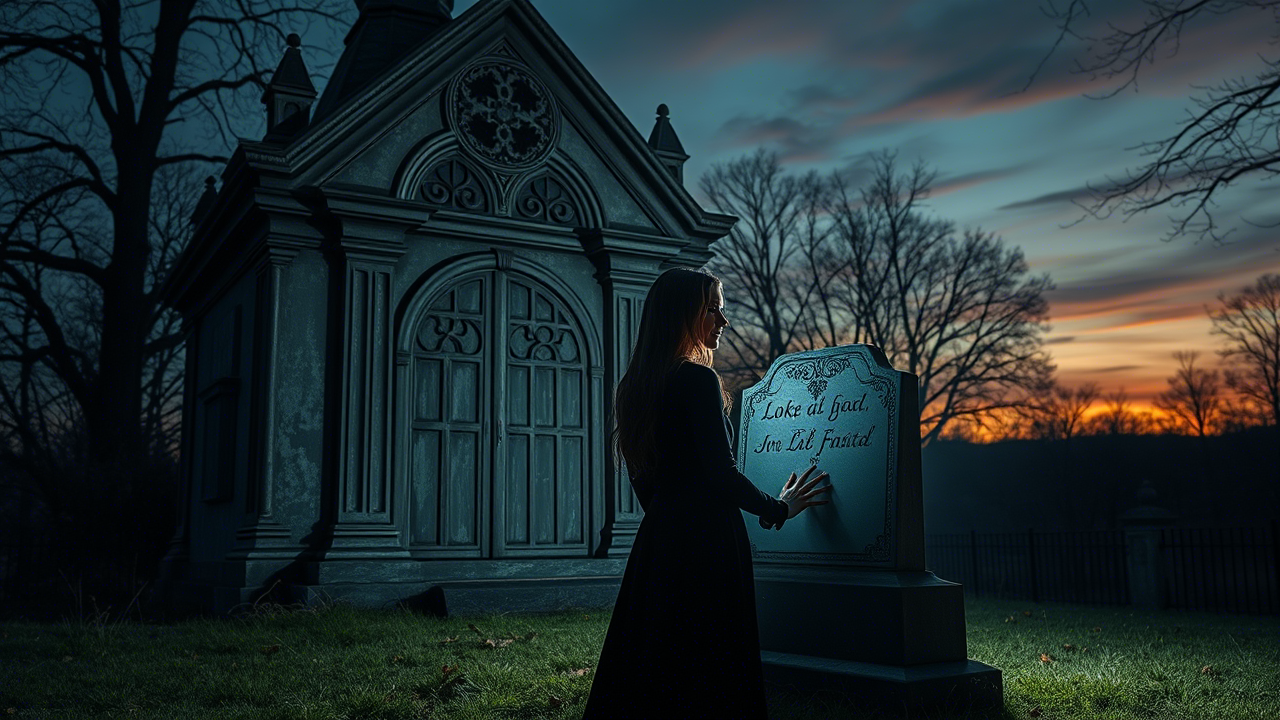
“The Phantom Coach” (1863) by Amelia B. Edwards
The story follows a traveler stranded in the snow who encounters a mysterious coach that offers him a ride. The coachman is a phantom, and the rider is taken to an unexpected, terrifying location.
What was first perceived as a form of salvation quickly shifts into an unnerving tale of lost love and the supernatural effects that stem from a frightening history.
“The Romance of Certain Old Clothes,” was released back in 1868. It was penned by Henry James and here is what the novel entails
Never-ending rivalry exists between two sisters, more specifically when it comes to a family inheritance alongside their father’s fortune. Greed eventually turns one of the sibling into a ghost because jie soon dies.
But this ghost comes back to haunt the surviving sister and extends an ultimatum. Now the sister has to deal with the consequences of her actions. The tale expertly encapsulates gothic motifs, the undead and jealousy.
Wilkie Collins’ novel “A Dead Secret” was published in 1855 and here is the deeper meaning of the novel
A woman assigns a letter to her maid right before she passes away. This mysterious letter completely changes the woman’s life because as the maid eventually finds out, her past was far more darker than she had initially imagined.
The story as dark as it seems is a perfect mixture of tragedy and suspense. This novel proves that love and loss can from a nexus that is boundless, even decades after a person is deceased.
Folklore and Legends
Theomegrenon reproduction were inspired from certain pre-existing myths, faerie tales or even folklore, combining supernatural motifs with age old legends.
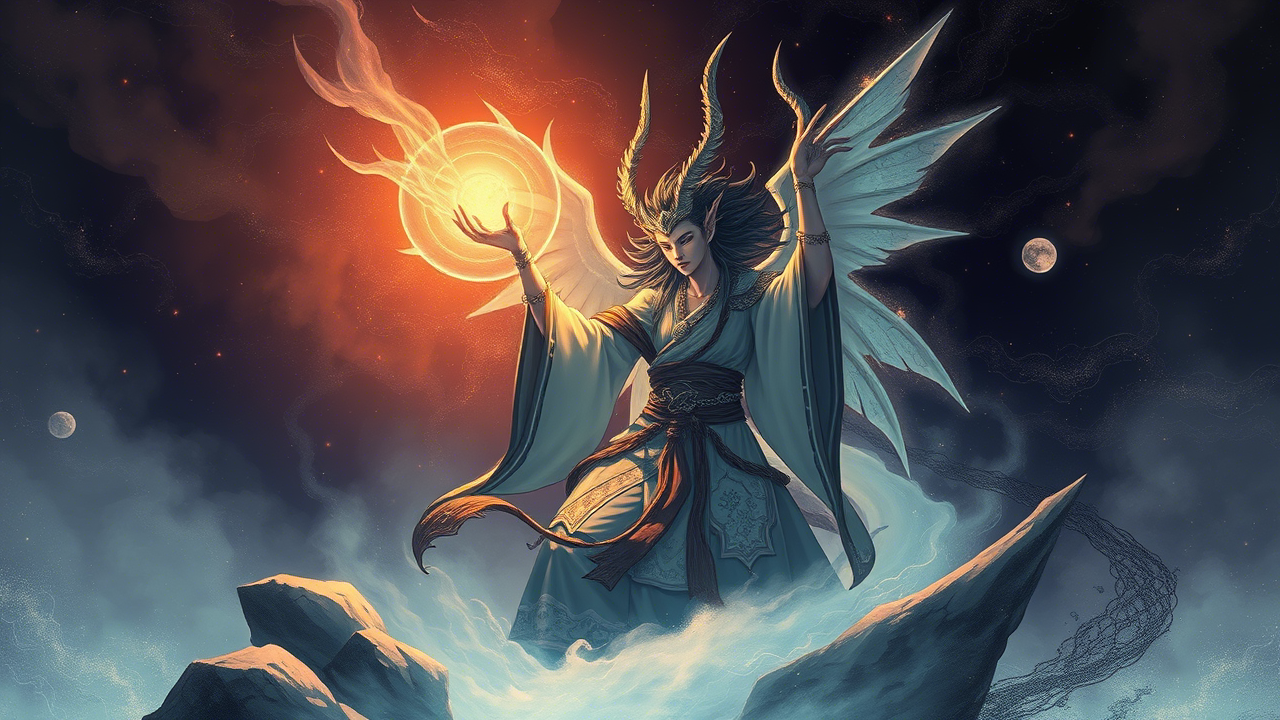
“The Withered Arm” (1888) by Thomas Hardy
A man’s ex-girlfriend casts a spell on his new wife which causes one of her arms to wither. In the process of looking for a remedy, she discovers that the curse stems from resources that lie far beyond her reach.
Blending regret and envy, the tale unveils chilling supernatural elements while showcasing how one’s past can come back to haunt them in the most ghastly manner.
“The White People” (1904) by Arthur Machen
A young girl begins journaling about her meetings with faerie sized people that wander near the forest. Excited at first, the girl soon discovers these children can be quite harmful.
This story combines fragile childhood innocence with fear of the unknown and the violence that lay concealed in a mysterious realm enveloping the reality.
“The Child That Went With the Fairies” (1895) by Edith Wharton
After a little girl goes missing, the townsfolk murmur of the fairies abducting her. This tale frighteningly touches the impact of folklore and fairy tales on one’s comprehension of the paranormal.
A veil of mystery is created by the child’s unexplained disappearance, a feeling that holds the reader captive throughout the story.
Urban Myths and Contemporary Phantoms
These narratives capture the apprehentions brought about by today’s life and the growing cities, illustrating how the supernatural frightens people even in the most mundane situations.
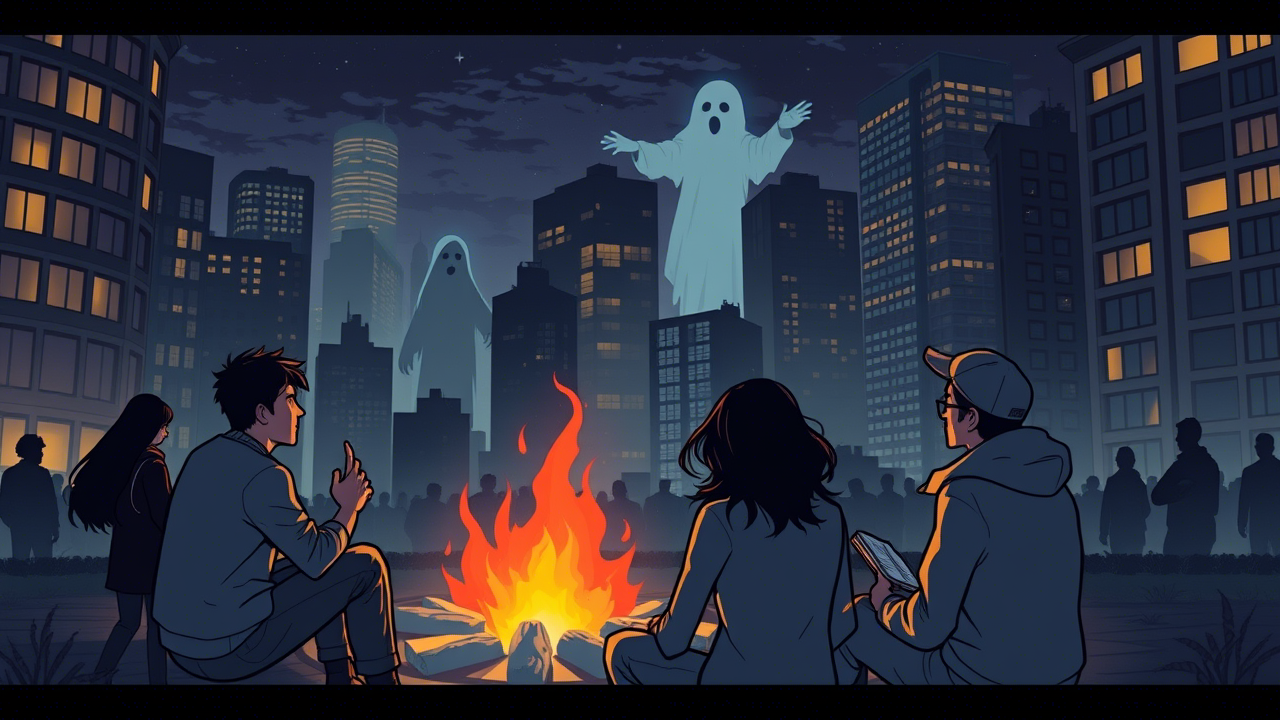
Algernon Blackwoods “The Willows” (1907)
Two men set off on a journey by camping at a tranquil site along the Danube River. As they try to explore the region’s woods, they stumble across a malevolent and ancient force. The energy around them feels wrong.
The more they probe into the mystery surrounding them, the more they start understanding that there is an entity far darker and older than anything they could grasp watching them.
Algernon Blackwoods “The Empty House” (1906)
A gang of friends sets out to search a reputed haunted house, which has a long history but was recently considered abandoned, only to find a unknown phenomena upon their entry.
Strange happenings occur like shadows seem to shift and the temperature is exceedingly low. The teammates come to find out the secrets the house kept, realizing that there are just some things that should never be uncovered.
Shadows on the Wall (1903) by Mary E.
Wilkins Freeman, tells the story of a family that experiences strange phenomenons after relocating to a new home. A mystery lurks in the house’s past as an unexplained eerie shape of shadow seems to grow larger and intensely menacingly over time.
As the family explores further, they learn new eerie things about the shape appearing on the walls.
What Makes Victorian Ghost Stories Unique
Psychological Horror and the Supernatural: These stories mix creepy supernatural events with characters’ inner fears, making the horror feel real and personal.
Exploring Societal Norms: Many ghost stories show the fear of breaking society’s rules. Characters often face trouble when they act against what’s expected of them.
Moral Lessons: Victorian ghost stories often teach lessons, like the consequences of being greedy or unfaithful. Ghosts appear to show how bad actions lead to negative outcomes.
How to Enjoy Victorian Ghost Stories Today
Reading Tips: Take your time and let the story build slowly. Imagine the creepy settings and let the suspense grow as you read.
Recommended Settings: Read in a quiet space with dim lighting or candlelight to make it feel spooky and atmospheric.
Why They’re Still Scary: These stories still scare us because they play on fears everyone has, like the unknown and guilt. The mix of tension and spooky settings keeps them creepy even today.
Conclusion
The reason why Victorian ghost stories continue to intrigue is because they touch on fears that anyone and everyone can relate to- like something or someone unknown, supernatural elements, and the consequences of their actions.
With their memorable characters and spooky settings, they still feel relevant even today. These stories provide suspense and self-reflection, making them perfect for anyone in search for a good scare. So, the next time you would like to read something that is eerie, look no further than a Victorian ghost story and enjoy the haunting atmosphere that has lasted for decades.
Mark Richards is the creative mind behind Classica FM, a podcast platform that brings stories, knowledge, and inspiration to listeners of all ages. With a passion for storytelling and a love for diverse topics, he curates engaging content—from kids’ tales to thought-provoking discussions for young adults.



